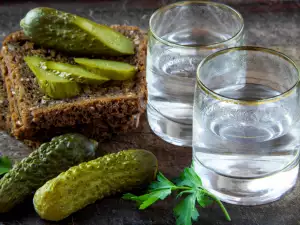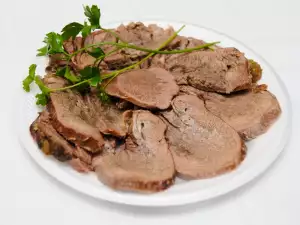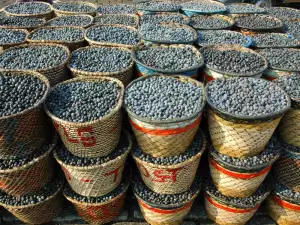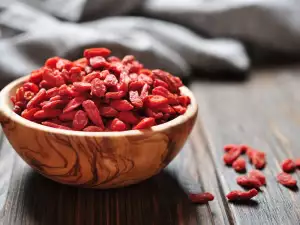Buckwheat is often called the "grain of millions." And this is no coincidence. This name is given due to the high content of vitamins and minerals and due to the fact that it is suitable for consumption by people who play sports and those who want to maintain optimal weight.
Types of buckwheat:
There are several types of buckwheat - perennial, common and tartary. Common buckwheat can also be found with the name grechka. This name comes from Russia, because people there consume it the most. In general, India is considered to be the homeland of buckwheat, but as we said in Russia it is one of the most consumed foods.
Composition of buckwheat:
- 100 grams of delicious buckwheat contains: proteins / 14% /, sugars / 2.5% /, fats / 3% /, fiber / 1% /, vitamins A, B, E and PP, minerals - calcium, iodine, phosphorus , boron, zinc, magnesium, also some organic acids;
- Buckwheat contains a lot of amino acids and the fact that it does not contain gluten makes it an ideal food for diets in which gluten is excluded;
Useful properties of buckwheat
- Buckwheat contains a large amount of protein, which helps increase muscle endurance;
- the fact that it is high in flavonoids makes buckwheat a very good helper against cell aging;
- If you eat buckwheat regularly, it will nourish your skin, hair and nails, because it is high in vitamins and minerals;
- Buckwheat helps a lot of people whose peristalsis is impaired, because it contains fiber and pectin;
- Buckwheat has the power to normalize blood sugar levels;
- Iron and lecithin in buckwheat improve the work of the liver and pancreas and increase the resistance of our body.
In conclusion, we should say that buckwheat should not be consumed in large quantities, because it can often lead to an allergic reaction, but it does not prevent you to try our delicious buckwheat recipes from time to time.



















Comments